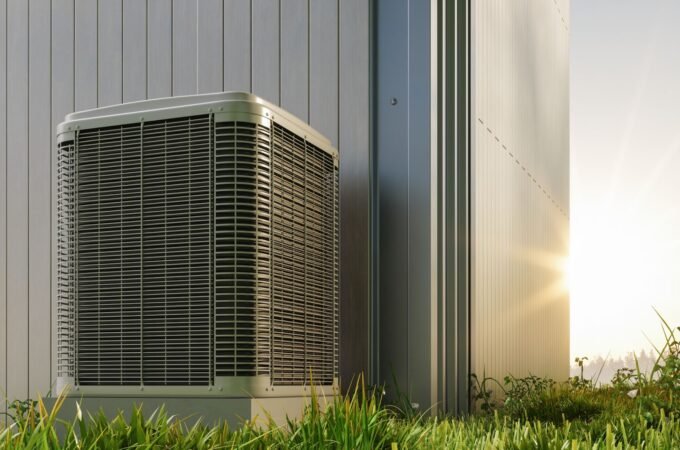
Kitchen Appliances Have Come a Long Way! See How They Have Evolved Through The Decades
The only constant thing in life is change. We have come a long way with the way we do things. It’s the same for kitchen appliances: from striking stone against stone to create fire, to turning our heating systems on with the single turn of a knob.
Ovens, toasters, refrigerators, and even kettles have evolved significantly, adding more features with each new model that pops up on the household appliance store. Kitchen essentials have really changed in the past 5 decades. Here’s an overview.
Cooking and Heating Technology

The stove which can be considered as the oldest modern cooking technology was invented by Benjamin Franklin in 1742. Since then, a lot of change had occurred to these cookware.
Gas cookers appeared in the 1920s. This was a better replacement for the heavy cast iron stoves that held sway into the early years of the 20th century. The electric cooker fought for relevance and finally gained its ground in the late 1930s.
Much of what drove the innovation was the need for kitchens to have lighter cooking tools that will save more space and get the job done faster. Today, gas and electric stoves have been extensively replaced by induction cooktops, which are considered to be very energy-efficient.
There is also the microwave oven which was discovered during a radar research by Dr. Percy Spencer in 1945. It became available on the market in 1947.
Though slow to gain popularity because many people were wary of how radiation could affect them, microwave ovens generally offer convenient cooking. Microwaving is a fast and healthy way to cook, and there is an array of options out there when looking for a microwave oven that is best for you.
Preservation and Cooling Technology

In any household, cooling is as important as heating. Pre-prepared (convenience) foods began to make their entry into our diet in the 1960s. And we don’t get to consume our home-cooked food all at once. Refrigerators are a staple feature in the kitchen of every American home, and they do a great job with preserving leftovers.
The art and science of refrigeration has a long history but from 1950s, the world saw remarkable innovation to the way we preserve food. The most efficient refrigerators were developed in the 1970s, and till today, many brands still offer models with designs not much different.
Then we have the freezer, which has almost the same history as the fridge. Both technologies lower temperature by vapor compression, using Freon as the refrigerant. Using Freon was considered safer than previous air compression methods but was later banned due to its connection to ozone depletion.
The 1970s saw the transformation of air conditioners from archaic units mounted on windows to centrally installed units. The Freon refrigerant used in AC compressors was also banned but consistent upgrades to air conditioning technology have produced an array of machines that heat as much as they cool.




